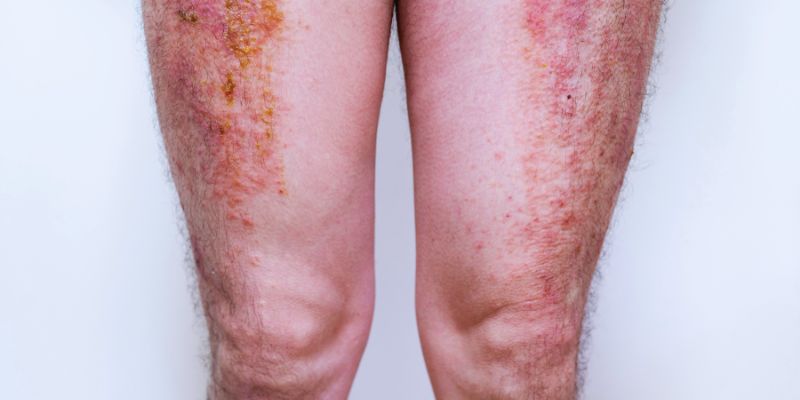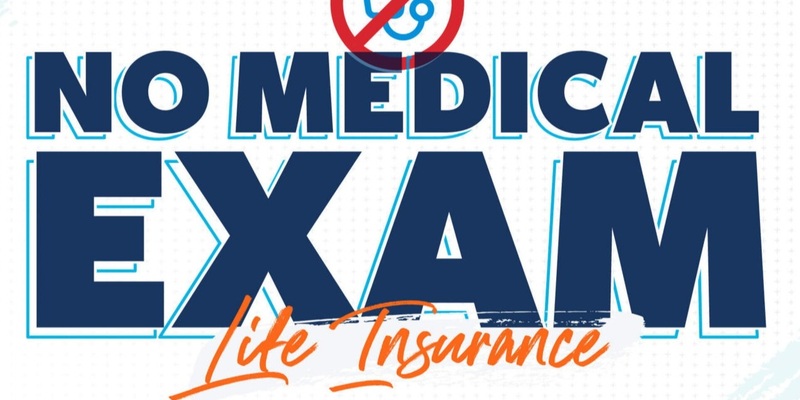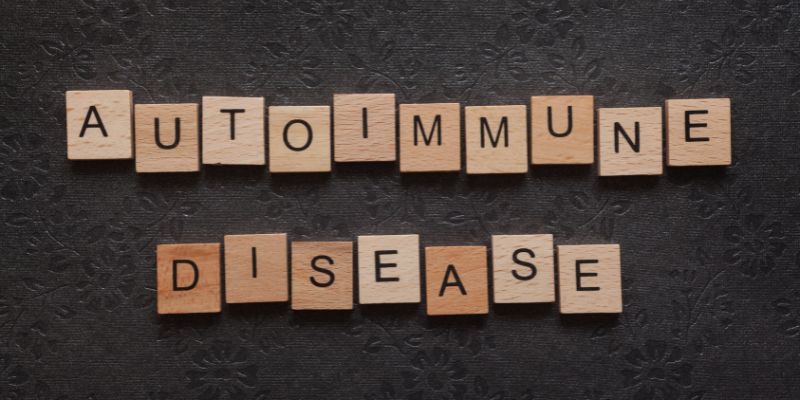Top Symptoms of Heat Exhaustion and Heat Stroke Everyone Should Know
Heat exhaustion along with heat stroke represent dangerous health conditions that affect people who spend too much time in hot temperatures while also doing physical activities in hot conditions. Appropriate symptom detection at early stages allows prevention of severe health risks which could potentially become fatal. The main reason behind these conditions stems from insufficient fluid intake coupled with problems in effective body temperature control.
Understanding Heat Exhaustion and Heat Stroke:
Heat exhaustion and heat stroke are serious heat-related illnesses that happen when your body overheats. Whether you’re out in the sun too long, pushing through an intense workout, or not staying hydrated, these conditions can sneak up on you fast.
Heat Exhaustion:
Heat exhaustion occurs when the body loses excessive water and salt, usually through excessive sweating. It indicates that the body is struggling to maintain its temperature and cool itself effectively.
Heat Stroke:
Heat stroke is a much more severe condition. It happens when the body’s temperature regulation system fails, leading to dangerously high internal temperatures. This is a medical emergency requiring immediate intervention.
Recognizing the Top Symptoms of Heat Exhaustion:

Heat exhaustion is a serious condition that can lead to heat stroke if not addressed promptly. Identifying the warning signs early is crucial to prevent it from escalating. Here are the most common symptoms to look out for:
1. Excessive Sweating
One of the initial signs of heat exhaustion is profuse sweating. While sweating is the body’s natural cooling mechanism, extreme heat can overwhelm this process.
2. Cool, Pale, and Clammy Skin
Despite high temperatures, the skin may feel cool and clammy. This occurs as the body redirects blood flow to the skin’s surface in an attempt to release heat.
3. Fatigue and Weakness
Heat exhaustion often brings on extreme tiredness and weakness, making routine tasks feel challenging or even impossible.
4. Dizziness or Lightheadedness
Overheating and dehydration can lower blood pressure, causing dizziness or a sensation of being lightheaded.
5. Nausea or Vomiting
The digestive system may struggle under the stress of heat exhaustion, leading to nausea or, in some cases, vomiting.
6. Throbbing Headache
A persistent headache is a common symptom, typically triggered by dehydration and the body’s struggle to regulate its internal temperature.
7. Painful Muscle Cramps
Dehydration and an imbalance of electrolytes can result in painful cramping, particularly in the legs or abdomen.
8. Rapid Heartbeat
The heart may race as it works harder to pump blood and help regulate body temperature.
Being aware of these symptoms can save lives. If you or someone else shows these signs, it’s important to act quickly—cool down, hydrate, and seek medical attention if symptoms persist.
Key Symptoms of Heat Stroke:
Heat stroke is a serious, life-threatening condition that demands immediate medical attention. If you or someone else shows any of the following symptoms, seek emergency help without delay:
1. Elevated Body Temperature
A core body temperature of 103°F (39.4°C) or higher is the most defining sign of heat stroke. This is typically measured using a thermometer.
2. Hot, Dry, and Flushed Skin
Unlike heat exhaustion, heat stroke often causes the skin to feel hot, dry, and appear red. This happens because the body halts sweating to conserve water.
3. Confusion or Altered Mental State
Heat stroke can impair brain function, leading to symptoms such as confusion, agitation, slurred speech, or even unconsciousness.
4. Rapid Breathing and Heart Rate
The body may struggle to circulate oxygen efficiently, resulting in shallow, quick breaths and an accelerated heart rate.
5. Seizures
In severe cases, heat stroke can disrupt brain activity, triggering seizures as the body succumbs to extreme heat.
6. Fainting or Loss of Consciousness
Sudden fainting or losing consciousness is a critical sign of heat stroke and indicates an urgent need for medical intervention.
Recognizing these symptoms early and acting quickly can save lives. Don’t hesitate to call for emergency medical help if heat stroke is suspected.
Tips to Prevent Heat Exhaustion and Heat Stroke:
Protecting yourself from heat-related illnesses starts with proactive measures. Stay safe and cool during hot weather with these practical tips:
- Stay Hydrated: Keep your body refreshed by drinking plenty of water throughout the day—even if you’re not feeling thirsty!
- Wear Breathable Clothing: Choose lightweight, loose-fitting, and light-colored clothing to help your body stay cool and regulate its temperature.
- Limit Outdoor Activities During Peak Heat: Minimize time spent outside during the hottest hours of the day, typically between 10 a.m. and 4 p.m.
- Seek Shade and Cool Spaces: When outdoors, take frequent breaks in shaded areas or retreat to air-conditioned environments to cool down.
- Protect Against Sun Exposure: Use sunscreen, wear a wide-brimmed hat, and put on sunglasses to shield yourself from harmful UV rays.
- Gradually Acclimate to Heat: If you’re not used to high temperatures, ease into exposure over time to allow your body to adjust.
- Watch Over Vulnerable Individuals: Pay close attention to children, the elderly, and those with chronic health conditions, as they are more susceptible to heat-related illnesses.
By following these steps, you can reduce the risk of heat exhaustion and heat stroke, ensuring a safer and more enjoyable experience in hot weather.
First Aid for Heat Exhaustion and Heat Stroke:

Recognizing and responding quickly to heat-related illnesses can save lives. If you suspect someone is suffering from heat exhaustion or heat stroke, follow these steps:
Heat Exhaustion:
- Move the person to a cooler location, such as an air-conditioned space or a shaded area.
- Encourage them to drink water or a sports drink to replenish lost fluids.
- Cool their body by applying damp, cool cloths to their skin or by helping them take a cool shower.
- Monitor their condition closely. If symptoms persist or worsen after an hour, seek medical assistance.
Heat Stroke:
- Call emergency services immediately—heat stroke is a life-threatening condition.
- Relocate the person to a cooler environment without delay.
- Lower their body temperature using any available method, such as placing ice packs on the armpits, groin, and neck, or immersing them in cold water.
- Avoid giving them anything to drink if they are unconscious or unable to swallow safely.
Quick action is vital in both cases to ensure the safety and recovery of the affected individual. Stay vigilant, and prioritize cooling and hydration as key steps in first aid care.
Conclusion:
Heat exhaustion and heat stroke are serious health risks that require immediate attention. Understanding the symptoms and taking proactive steps can help safeguard yourself and others from the dangers of extreme heat. Prioritize staying hydrated, limit prolonged sun exposure, and remain alert to the warning signs of heat-related illnesses. If heat stroke is suspected, seek emergency medical care without delay. By staying informed and taking simple precautions, you can enjoy a safe and comfortable summer while minimizing the risks of heat-related complications.











